By Cindy Watter, UC Master Gardener of Napa County
After the sedate revelry of our pandemic purgatory (and a happy new year to us all), it is time to get back to work in the garden. We have had a few rains, and now would be a good time to prune our roses and tidy up their areas, to help them look their best next spring and summer.
I once taught a rose pruning workshop in Yountville and made two terrible mistakes. The first, and worst, was being frivolous when someone asked what would happen if she didn't prune her roses. I joked that she could end up in a place that was uncomfortably warm. That was wrong. Actually, depending on the roses, and how long you go between prunings, the answers are: a) nothing; and b) something.
You can go for five years without pruning a Cecile Brunner (a climbing polyantha which has many clusters of small flowers), and it will put forth its fluffy pink blooms same as ever. However, if you prune it just a bit after it blooms, you will get a more abundant repeat bloom during the summer.
On the other hand, a rose that is intended for cutting for vases or bouquets will produce larger blooms with sturdier stems if you prune it. These bushes are generally hybrid teas, grandifloras or floribundas, such as Double Delight or Julia Child. Hybrid teas were developed to have stronger stems than the original tea roses from Asia. Grandifloras (large flowers) and floribundas (many flowers on one stem) need strong stems to support all those petals.
The second mistake I made, and it was mortifying, was neglecting to sharpen my clippers before the workshop. Their dull edges would not penetrate the branches of a gnarled, twenty-years-neglected-and-completely-tangled rose, at least in my arthritic fingers. A nice man in the audience helped me out. It was probably a better learning experience that way, but still, sharpen your tools.
Another reason to prune is to remove branches with leaves that have mildew, fungus or rust. First, clean up the area around your roses and remove fallen rose leaves. This will keep winter rains from driving pathogens into the soil and is one of the most important things you can do for general garden health, because it lessens the chances of having to use fungicides later. Do not put these leaves in your home compost, which does not get hot enough to kill the pathogens. Of course you should wear gardening gloves while doing this work.
There are a couple of ways to approach pruning, depending on the purpose of your rose. If you want larger roses with sturdy stems for vase display, prune more aggressively. If you planted roses for landscaping, prune for shape. There are some common guidelines to follow, however.
Remove any damaged or cracked canes. Remove any canes that are thinner than a pencil. If canes are crossing, remove one.
Make clean cuts on a slant. (You sharpened your clippers, right?) All cuts should be above a bud. These cuts will heal so you don't need to paint anything on them. Make sure the center of the plant is open for good air circulation, with no crowding canes. You want to have a shape rather like a vase or an urn.
In general, prune back two-thirds of the growth. Some gardeners take it down even farther.
Roses grow well in Napa County. Even if, to your eyes, the newly shorn rose looks naked, relax. It will grow back better than ever.
Climbing roses shouldn't be pruned the first three years or so after planting. After that, remove all broken canes, leaving about six canes that you will trellis or tie to a form. Every year leave a few new canes and you will have a healthy climbing rose.
Many people are afraid they will destroy their roses if they prune them. Indeed, it is initially a shock to chop off what appear to be perfectly viable leaves and canes. I felt like a horticultural ogre the first time I did it. However, the wonderful thing about plants is that they renew themselves. Roses require a bit more care than our native plants and perennials, but they reward us with their stunning blooms.
Napa Library Talks: First Thursday of each month. Register to get Zoom link. Thursday, January 7: Bare Root Basics.
Free Rose Pruning and Winter Care Workshop: Saturday, January 9. Register for the Zoom link.
Find UC ANR's Healthy Roses publication here.
Garden Questions? Contact our Help Desk. The team is working remotely so please submit your questions through our diagnosis form, sending any photos to mastergardeners@countyofnapa.org or leave a detailed message at 707- 253-4143. A Master Gardener will get back to you by phone or email.
For more information visit http://napamg.ucanr.edu or find us on Facebook or Instagram, UC Master Gardeners of Napa County.
Attached Images:
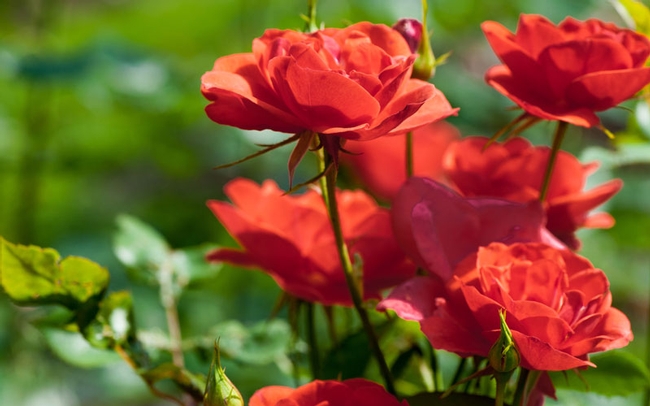
Roses. (gardenloversclub.com)
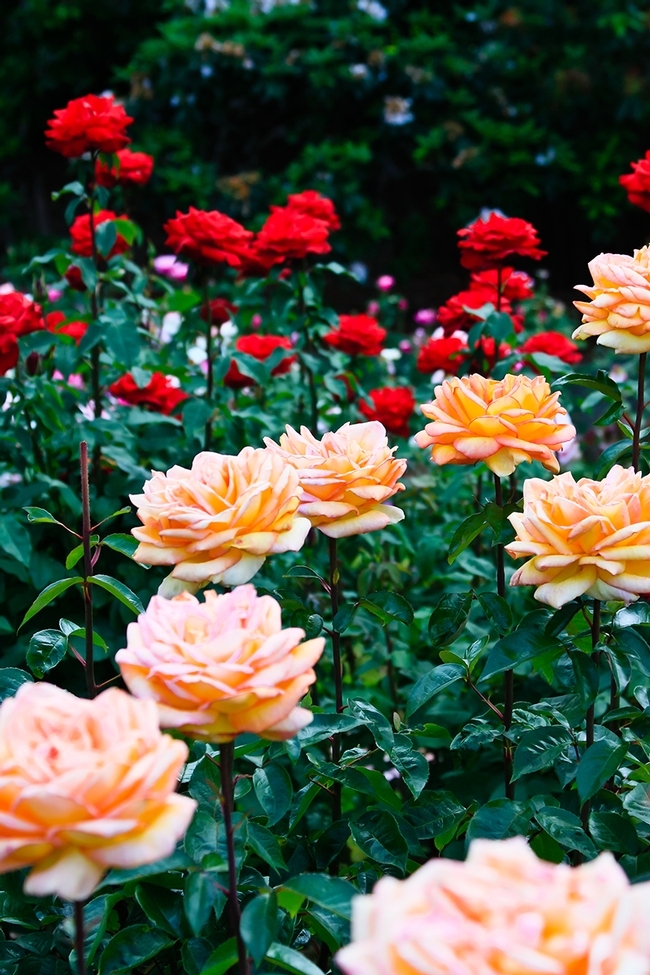
Roses in the Portland Rose Garden. (partaste.com)
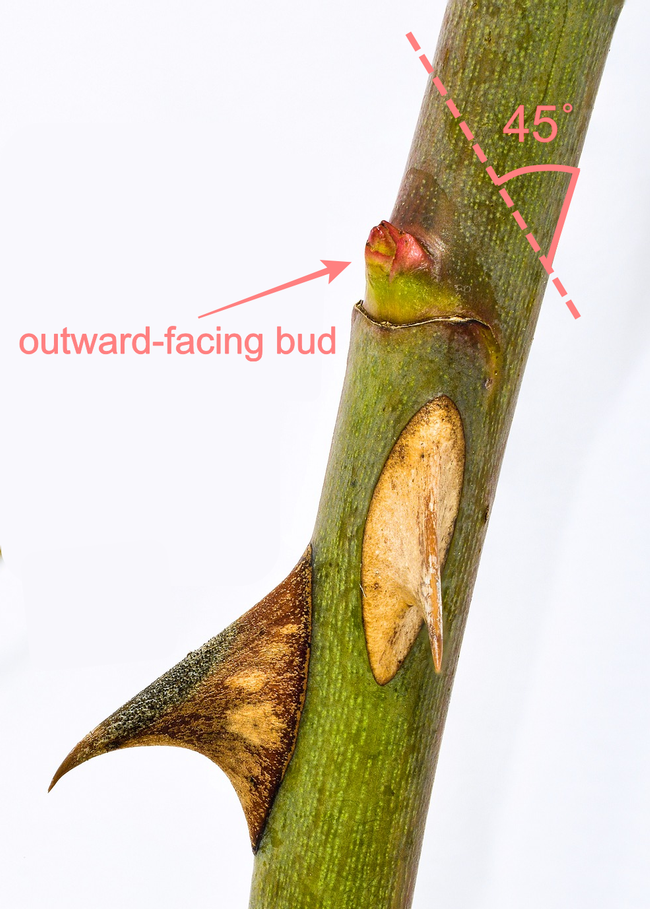
Pruning roses. (almanac.com)
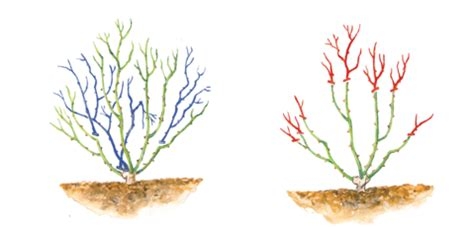
Pruning suggestions. (idiggreenacres.com)
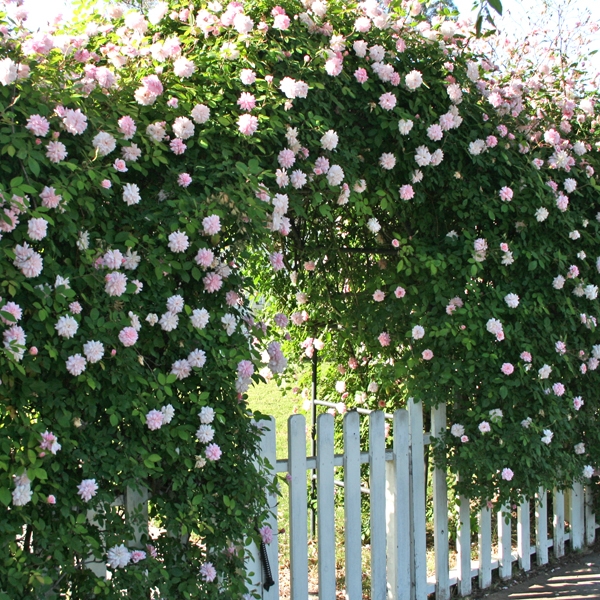
Cecile Bruner climber. (plantexpress.com)
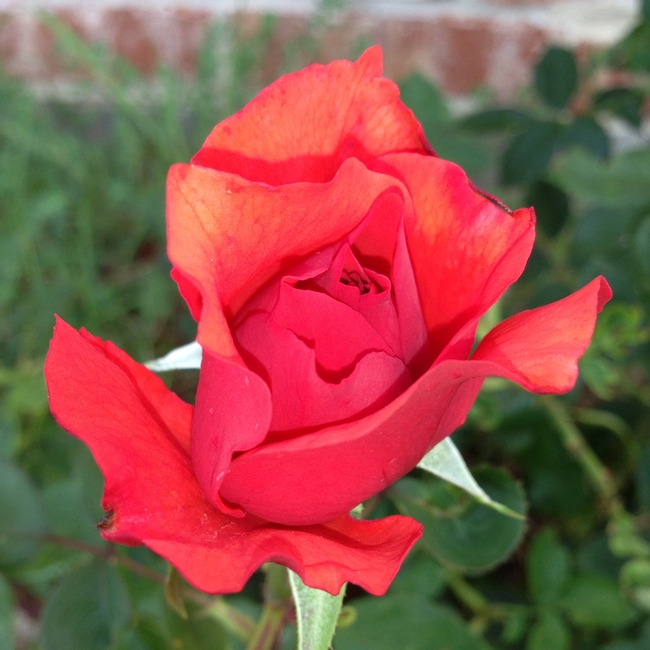
Hybrid tea rose, generally a single rose on a stem, and generally fragrant. (jacksonandperkins.com)
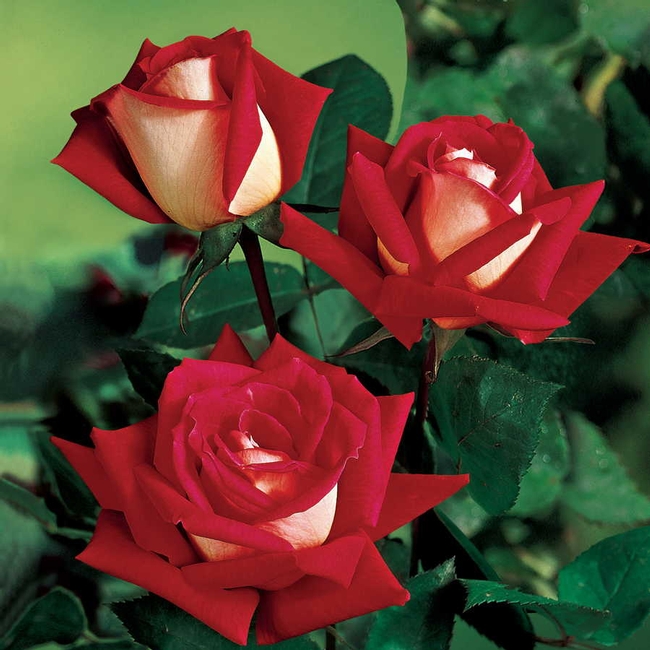
Grandiflora rose, generally a single rose on a strong stem, and really beautiful. (jacksonandperkins.com)

Floribunda rose, often clusters of roses on a single stem. (hablemosdeflores.com)
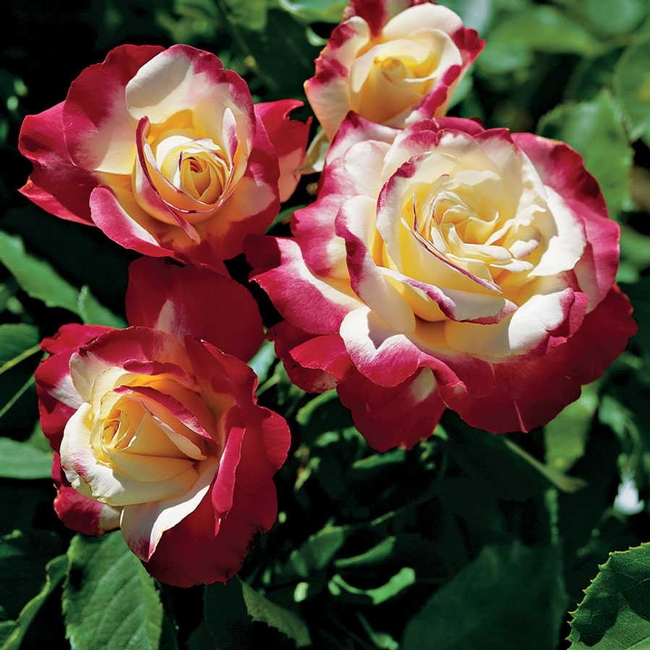
Double Delight rose. (jacksonandperkins.com)

Julia Child rose. (whiteflowerfarm)
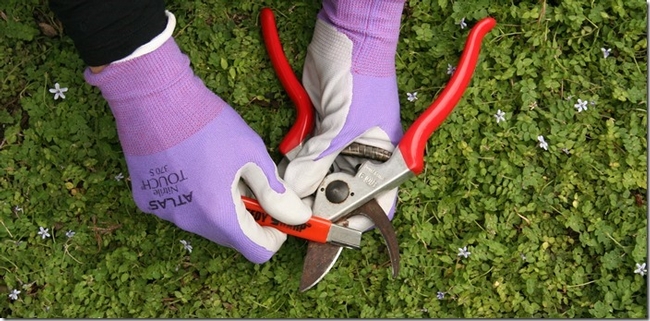
Remember to sharpen your pruners. (gardentoolreview.com)
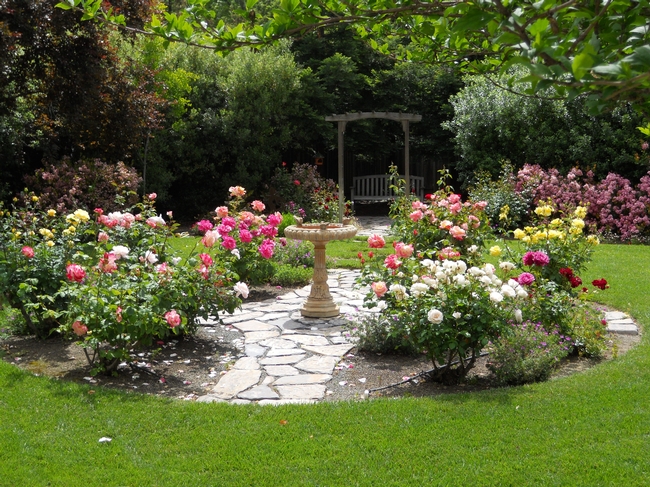
Backyard rose garden. (Pinterest.com)